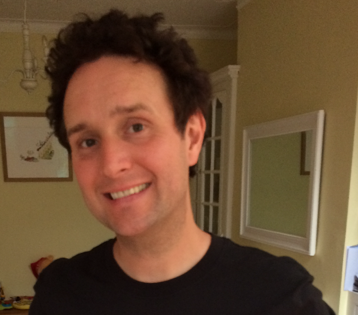Here’s a little tale about Typhoid Mary.
Mary Mallon was born in Ireland in 1869, migrating to the US to become a cook for affluent New York families. Described as being in ‘perfect health’, seven of the eight families she worked for were not: they became stricken down with Typhoid fever, including in areas of New York where Typhoid was unheard of.
In late 1906, one family hired a typhoid researcher called George Soper to investigate, and he published his results on June 15th 1907 in JAMA. Soper concluded that Mary Mallon was involved in all the typhoid outbreaks that were recorded during this time. In 1907 she was quarantined, as she was deemed to be a ‘carrier’ by the NYC Health Inspector, and she was forcibly held in isolation at a clinic located at Riverside Hospital, on North Brother Island near the Bronx.
79.7% of individuals who contracted Covid caught it from someone who was asymptomatic
She died on November 11th 1938 at the age of 69 of pneumonia, after nearly three decades of isolation, and she is believed to have infected 51 people in total, three of whom died; she was the first person in the USA identified as an ‘asymptomatic carrier’ of the disease.
What has this got to do with anything? It was interesting to note that in the latest research from Wuhan, China where the current pandemic originated, it is thought that 79.7% of individuals who had contracted coronavirus had caught it from someone who was asymptomatic.
Therefore, when I read the NHS England guidance that, in some instances, the 1.5m very high risk ‘shielded’ patients may be seen by ‘routine home visits’ – depending on the local model – if needed, I did a double take.
Surely the whole point of shielding is that this very vulnerable group are trying to protect themselves from infection, or coming into contact with someone who may be infected and transmit the virus onto them? But which group may be more likely than average be exposed to repeated viral loads and be harbouring and possibly onwardly transmitting viral contagion onto others, despite themselves having no symptoms? Of course, it is healthcare workers, including GPs.
So as we GPs ponder NHSE’s instruction for us to do home visits on the 1.5 million very vulnerable ‘shielded’ group of patients, the tragic tale of ‘Typhoid Mary’ should possibly slightly impinge on our consciousness, as we decide whether to accede and accept this NHSE advice and request.
NHSE, have you heard about things called ‘video’ and ‘telephone’ consultations? They are quite popular at the moment.
It would be very unfortunate if we become known at the ‘Covid-19 GPs’ by subsequent generations of our profession.
Dr David Mummery is a GP in west London and academic clinical research fellow at Imperial College London
Pulse October survey
Take our July 2025 survey to potentially win £1.000 worth of tokens













